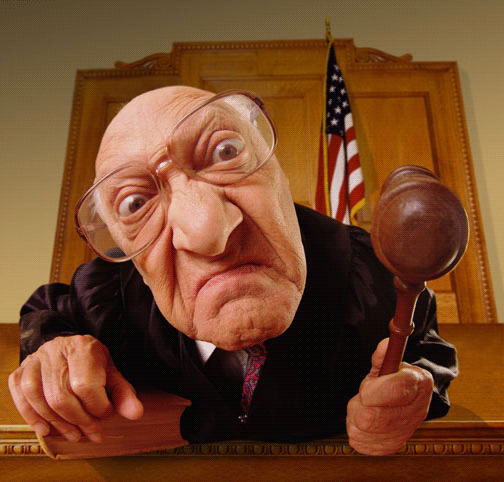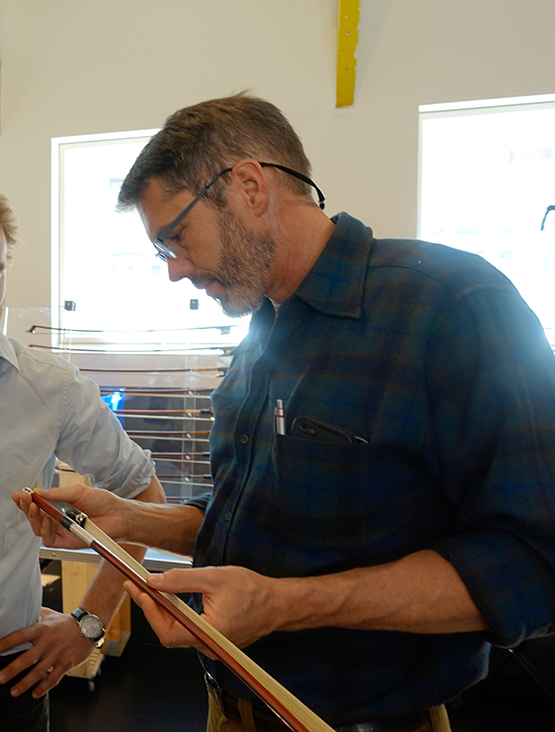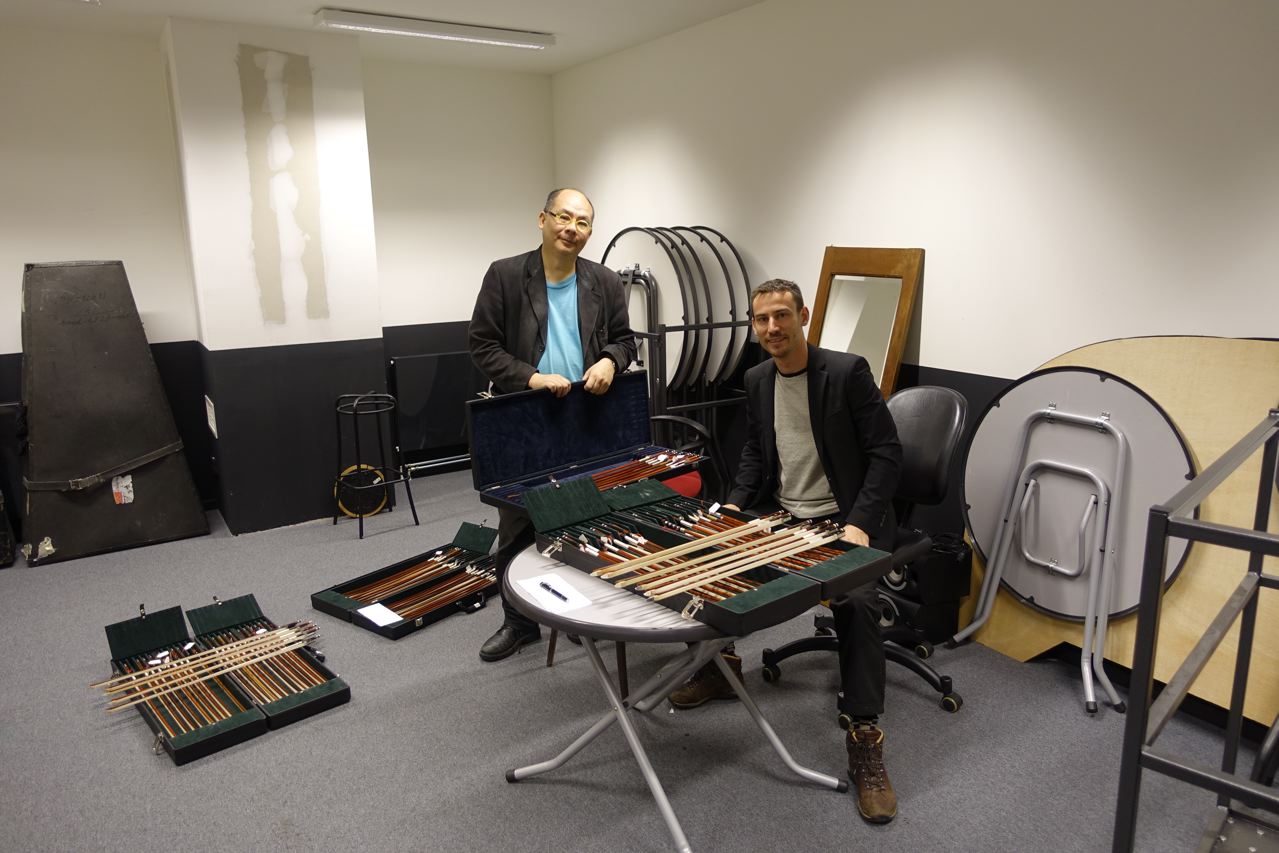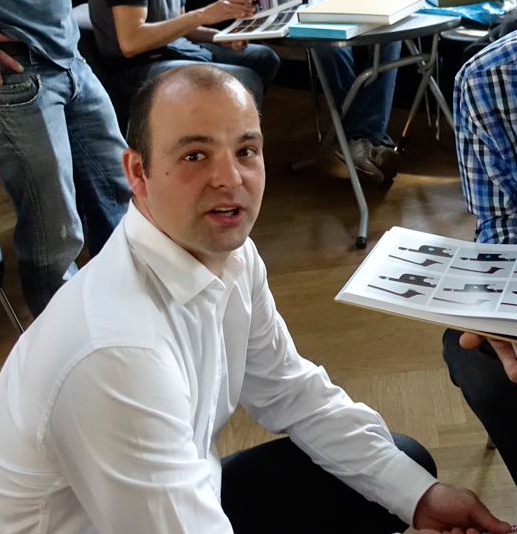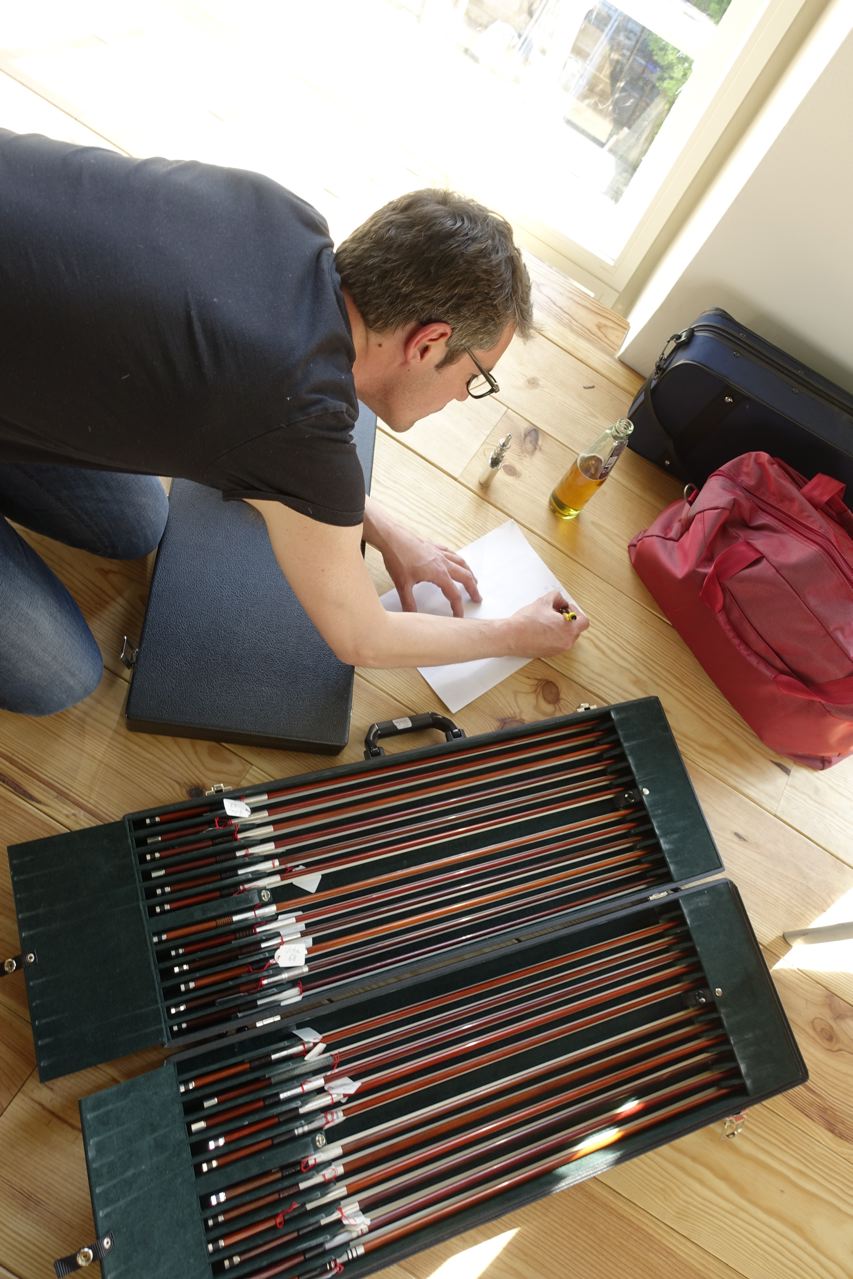The Concept:
By choosing judges from the participants and own bows being judged by other competing judges makes the vicinity of contestant/jury extremely close, as it is judging from the closest distance, not from an elevated point of seemingly superiority. All Jurors were told to have the courage even to give an award to an eventually close colleague if convinced of the quality.
The Choice of the Jurors:
1. being the first Competition where the judges are selected at the beginning of the 1st day from the participating competitors, so nobody knew in advance who the jurors would be.
2. Beside this, they will judge without being in a panel discussing with other jury members, they are requested only for their own unbiased opinion.
3. I chose for 5 Judges who have not been ever in a jury yet. (there are quite many of them in the list of participants)
4. I chose for 5 Judges with different training backgrounds (people familiar in the world of contemporary bow making know these backgrounds and congratulated me to my choice);
5. I chose 5 judges who are not linked with each other in more than respectful and professional collegiality, each have there own clique of closer colleagues.
6. all 5 judges have to be respected in their professional work by many other makers. An impressive list of winning Awards was not the requirement. Respect for the work and integrity therefore even more.
- The possibility that a bow maker, chosen to be one of the judges can win an award from a colleague which is a co-judge is known before this competition started (up to 4 awards).
- The possibility that a competition judge can give an award to a colleague who could be invited to be a co-judge is known before this competition started.
- The possibility that the same bow by a certain maker not in the jury even could get 5 awards if all 5 judges choose it as their favorite bow is known before this competition started.
- The fact that the favorite bow might be made by a close friend or colleague should not discriminate the maker not to be chosen by the judge or discourage the juror to give a well meant Award.
- The transparancy that the Award is named after the Judge reveals everything and cannot be hidden. High eyebrows were only caused by lack of information of the Judging procedure and are subject to be explained more closely the rules which were clear to all participants.
- The fact that each award is carrying the Judge´s name is as much as transparancy in a competition can offer, not like many „anonymus voting“ and „jury panels“ do, procedures with tradition which has also to be accepted if one decides to apply for participation too.
The 5 Jurors
- Robert Morrow from the Charles Espey school from Port Townsend
- Eric Fournier, trained and worked with G. Duhaut, S. Muller, G. Tépho, U. Johansson and Y. le Canu,
- Bernd Etzler who started bow making in Hungary, and got some influence in Brussels working with P. Guillaume.
- Tibor Kovacs, starting bowing in Cremona with E. Slaviero and finishing studies in Paris at the Raffin workshop.
- Pierre Nehr which learned bowmaking from his brother Jean-Pascal Nehr, a Bernard Ouchard student himself.
